Drawing representationally is centered on observation. Therefore, observational skills are crucial to success with realistic drawing.
If we want to capture an object or subject the way that it appears, then we must look at the subject. We must understand and record the relationships of the lines, shapes, textures, etc. that we see in order to communicate them to the viewer.
It wouldn’t make sense to expect to take a photograph of a subject without pointing the camera at it. It also doesn’t make sense to draw a subject representationally without looking.
Misconceptions About Realistic Drawing
Some people believe that in order to be an artist, you must be able to draw or paint without any reference. This could not be any further from the truth. Artists throughout history have used models, painted on location, and a few even used the Camera Obscura to capture their subject.
Of course, whenever we draw from observation, we are improving our observational skills. However, there are a couple of quick drills or exercises that we can practice to improve our skills of observing. Coupled with actually drawing from observation, these drills can improve your observation skills. And with better skills of observation, you’re sure to see improvement in your drawings and paintings.
Observation Exercises
In the first exercise, you are presented with five squares. In the first square, you are presented with the “original doodle”. Your job is to find the “match” from the other four squares that follow. One of the four squares has a drawing that is very similar to the original, while the other three have a doodle that is different. Not only should you find the “match”, but also notice how the other doodles are different.
No drawing is involved here – just pure observation. Remember, representational drawing is 50% observation.
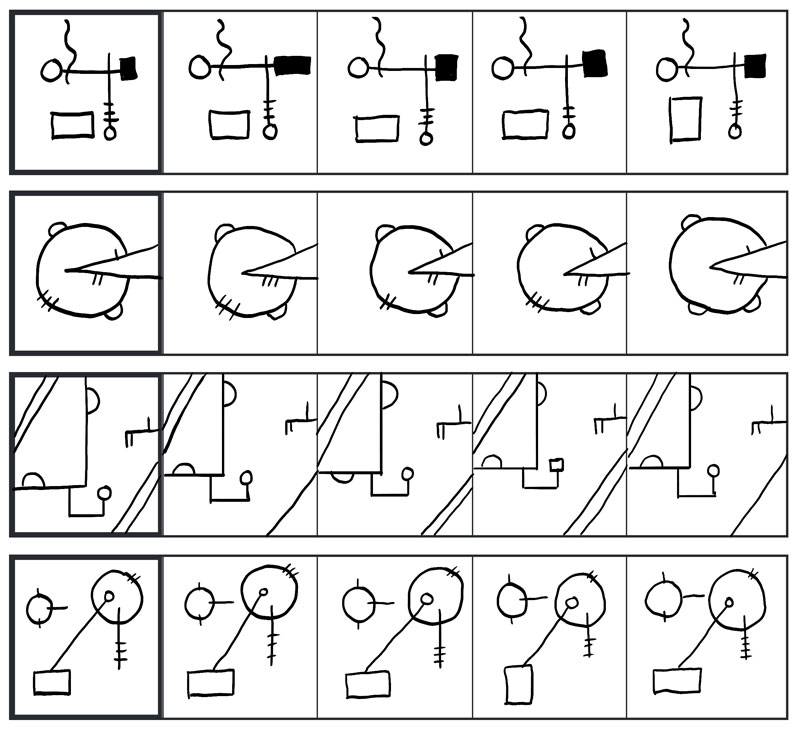
Click here for a printable PDF file
In exercise 2, you are presented with two boxes. The first box has a non-objective doodle. In the second box, your task is to draw a “copy” of the doodle.
Since the drawings are non-objective, you are forced to observe purely the lines and shapes without allowing the subject matter to influence your drawing.
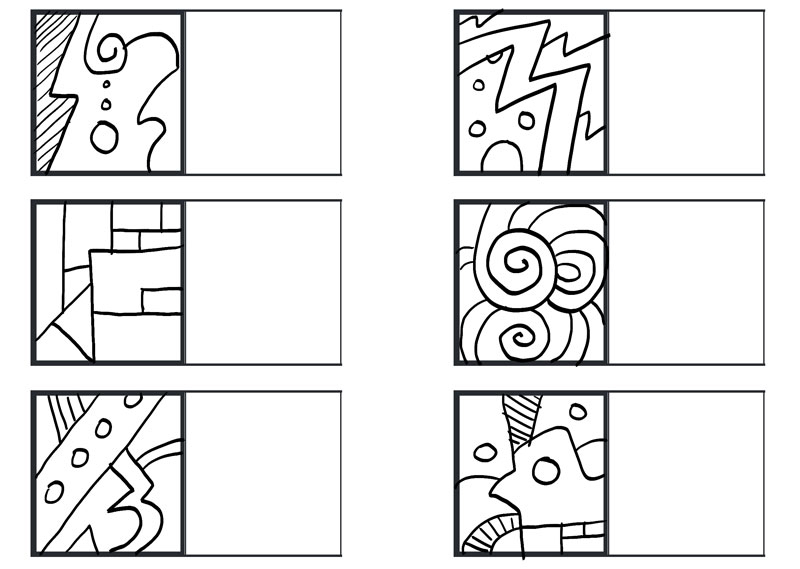
Click here for a printable PDF file
Have a friend create a few of these for you and keep practicing (it doesn’t require much drawing skill to create). Don’t stop with just this page! Take a few minutes and practice every day or two. These drawing exercises are rather simple and don’t require much time.
Put them to work and you will improve your observational skills. You’ll see the results carry over to your representational drawing and painting skills.
If so, join over 36,000 others that receive our newsletter with new drawing and painting lessons. Plus, check out three of our course videos and ebooks for free.
Lesson Discussion
Comments are closed.

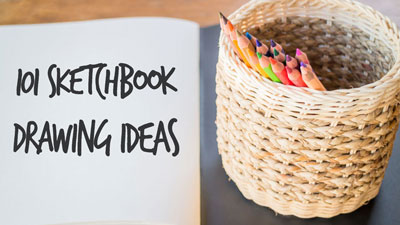
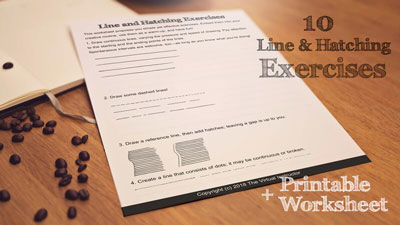
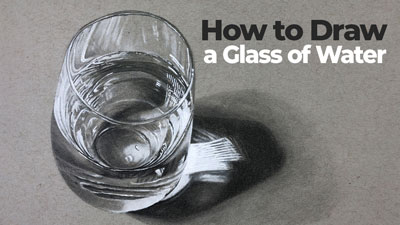
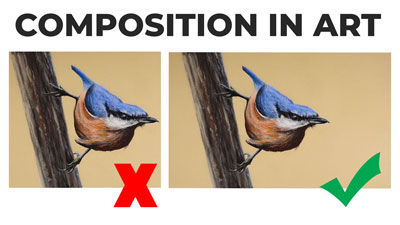
Measuring techniques for drawing.
I’ve no idea if I’m writing this in the correct place as I’m not very computer literate. I wondered if you could do a tuturial on measuring techniques as I am constantly getting proportions incorrect.
Just like to say thank you so much for all your videos. I’ve only been drawing for a few weeks and can already see a big improvement.